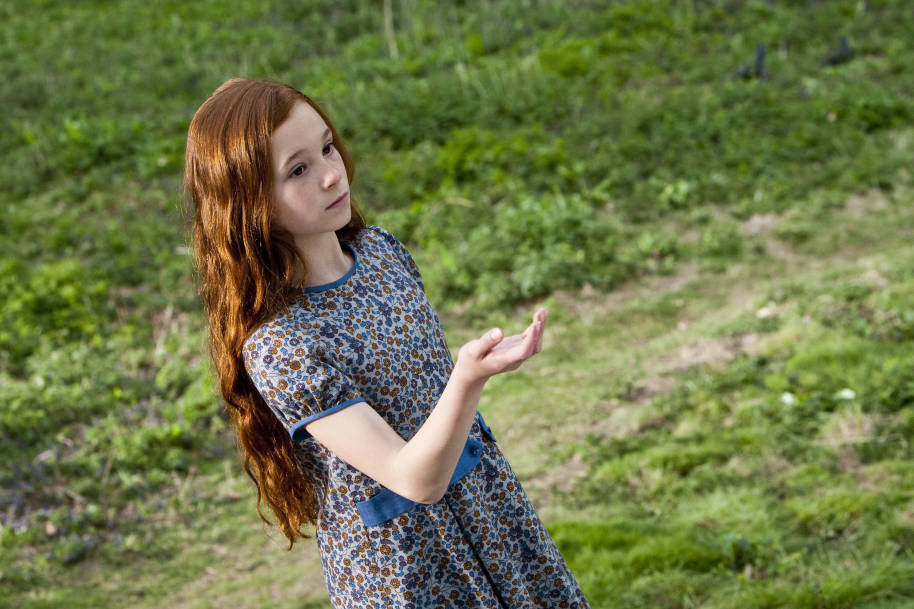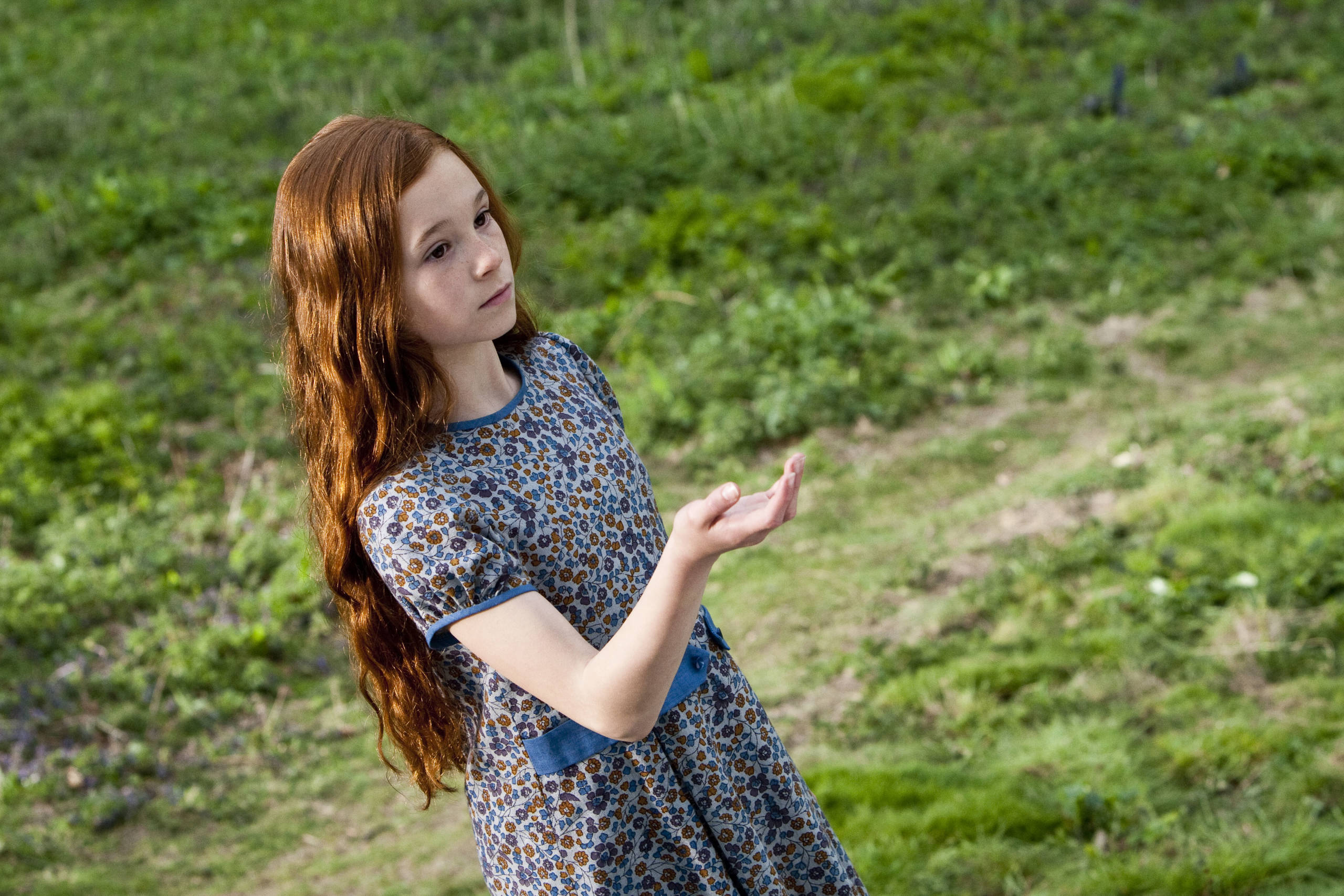
The Victorian language of flowers was used back in the 1800s to send meaningful messages, convey deep secrets and share moments. Nearly every flower has a special meaning and, in times when some words could not be spoken aloud, bouquets would say a thousand words.
There are hidden meanings throughout all the Harry Potter books, but what do we learn about Lily, Petunia and Severus when we examine their stories with this language in mind?

Asphodel and wormwood
If his first words to Harry are anything to go by, the language of flowers suggests that Snape deeply regrets Lily Potter’s death.
‘What would I get if I added powdered root of asphodel to an infusion of wormwood?’ The answer can be found in Harry Potter and the Half-Blood Prince when Professor Slughorn asks the class to brew the Draught of Living Death. Interestingly, this is after Harry found Snape’s copy of Advanced Potion-Making and followed his instructions to prepare the perfect draught.
Asphodel is a type of lily and means ‘remembered beyond the tomb’ or ‘my regrets follow you to the grave’ while wormwood is often associated with regret or bitterness.
Monkshood and wolfsbane
Snape also asks Harry what the difference is between monkshood and wolfsbane. It is perhaps a more poignant sentence when looked at through the language of flowers. Monkshood is associated with ‘chivalry’ while wolfsbane can mean ‘misanthropy’ or a dislike of others.
Here it could be said that Snape is comparing the heroic actions of Lily Potter with Snape’s own distrustful nature. Or even perhaps between Harry, the Boy Who Lived, and himself.

Lily Potter
A lily can be interpreted as ‘beauty, elegance, sweetness’. This striking flower is easy to grow, as long as it is planted in the right place. They also, according to gardening manuals, make wonderful cut flowers.
Enter Severus; his name can be seen to mean to cut or to sever - and this is exactly what he inadvertently does to Lily’s relationship with her sister, Petunia. As two magical children, Lily and Severus had something in common that Petunia could never understand. Compounded by Albus Dumbledore’s kindly rejection of Petunia’s request to study at Hogwarts, Lily’s friendship with Snape set the scene for the future Mrs Dursley’s endless bitterness towards Lily and her son, Harry.
Petunia Dursley
Susceptible to damage and best grown in a container or basket, the petunia needs shelter from the wind and plenty of light. It is also a flower that can, in the language of flowers, mean ‘resentment and anger’. A rather apt description of a woman who never told her nephew how his mother died until she was in a rage: ‘- and then, if you please, she went and got herself blown up…’
In Harry Potter and the Deathly Hallows Harry sees a memory of his mother. She picks up a flower and magically makes it open and close its petals; Petunia is outraged, but filled with hidden longing.
Severus appears and tells Lily she is a witch and Petunia that she is a Muggle. It’s a scene full of meaning, even more so if we consider some of the hidden depths to these names and moments.



